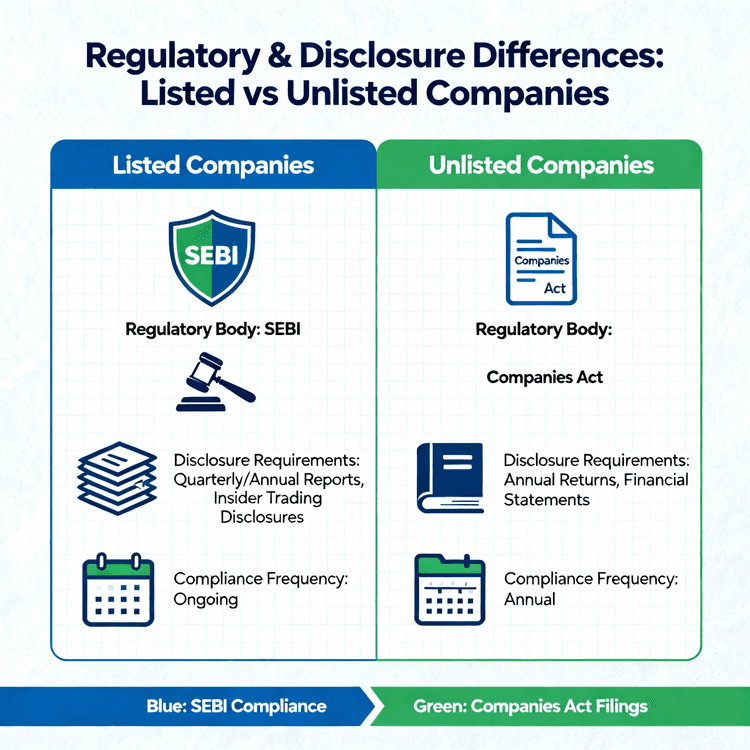India’s capital market infrastructure is anchored by two central securities depositories—NSDL (National Securities Depository Ltd) and CDSL (Central Depository Services Ltd). Both institutions play a vital role in dematerialized securities management, yet their strategic focus, customer mix, and growth drivers differ significantly. With NSDL on the cusp of a public listing and CDSL already established in public markets, attention has turned to the valuation gap between the two, particularly through the lens of the Price-to-Earnings (P/E) multiple.
This note conducts a comparative analysis of NSDL and CDSL by examining actual and forecasted earnings, estimating forward P/E ratios, and assessing business-specific catalysts and risks. The goal is to assess whether the premium currently embedded in NSDL’s unlisted share price is supported by projected earnings strength or if a convergence in valuation is more likely in the near term.
FY 2025 Actuals & Trailing P/Es
(Data as on 26 May 2025)
Forecasting Earnings: FY 26E & FY 27E
We project earnings by blending historical growth trends, industry tailwinds, and company-specific catalysts.
CDSL Projections
Why 18%/16% growth?
In FY 25, CDSL rode a wave of retail enthusiasm, new demat accounts surged by 35%, turbo-charging transaction fees. We expect that strength to continue, albeit at a more sustainable clip.
First, fintech tie-ups (Zerodha, Groww) should add 12–14% more retail accounts, translating directly into higher annual maintenance and transaction fees. Second, corporate actions—IPOs, rights issues, bonds—are at multi-year highs, fueling 3–4% PAT growth.
Finally, ancillary e-services (e-Voting, e-Locker, API data licenses) should contribute a further 1–2%. Together, these produce 17.9% projected PAT growth in FY 26 and 16% in FY 27.
NSDL Projections
Why 17%/16% growth?
NSDL’s rebound from FY 24 was fueled by resolution of past governance overhangs and a broad market recovery—PAT jumped 24.6% in FY 25. Moving forward, we see four main drivers:
➢ Institutional Volume Growth: As mutual funds, insurers, and FPIs steadily increase equity allocations, NSDL’s transaction and maintenance fees rise proportionally. Institutional flows tend to be more predictable and higher-value than retail, supporting both top line and margin resilience.
➢ Payments Bank Ramp-up: NSDL’s JV bank, after initial setup costs, is expected to break even in FY 26. Cross-selling deposits and payment solutions to 3 cr+ demat clients will deliver meaningful incremental PAT in FY 27.
➢ Digital Public Infrastructure: Central KYC Registry, National Academic Depository, and e-Sign generate annuity-style revenues with ~70% margins. As regulators mandate wider adoption, these revenues should steady at high growth.
Forward P/E Multiples
| Year | CDSL EPS | CDSL P/E (₹1,260) | NSDL EPS | NSDL P/E (₹1,085) |
| FY 25A | 25.20 | 58.1× | 17.15 | 63.3× |
| FY 26E | 29.70 | 42.4× | 20.05 | 54.1× |
| FY 27E | 34.47 | 36.5× | 23.25 | 46.7× |


